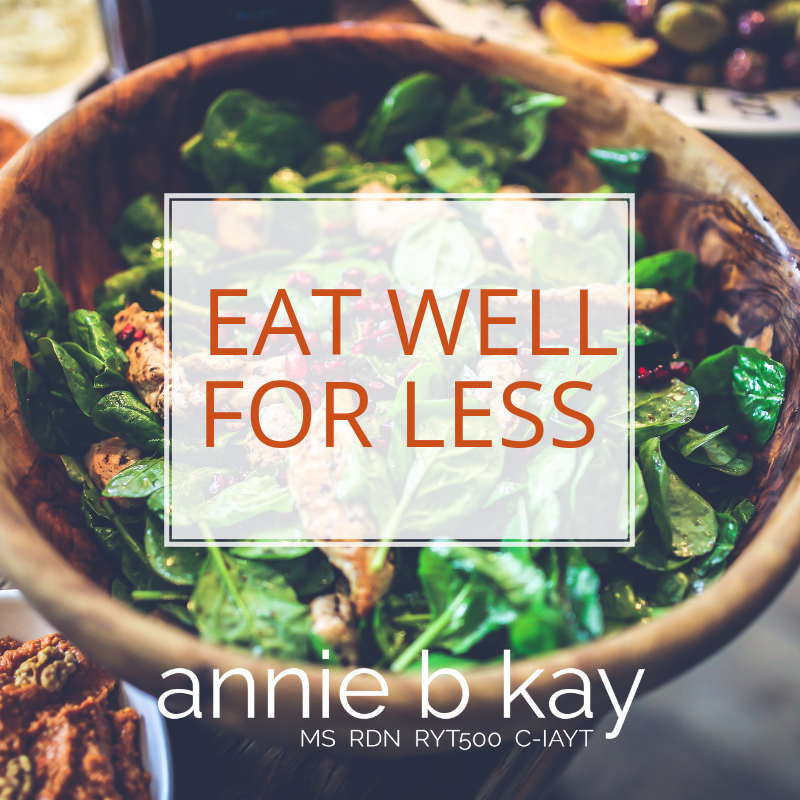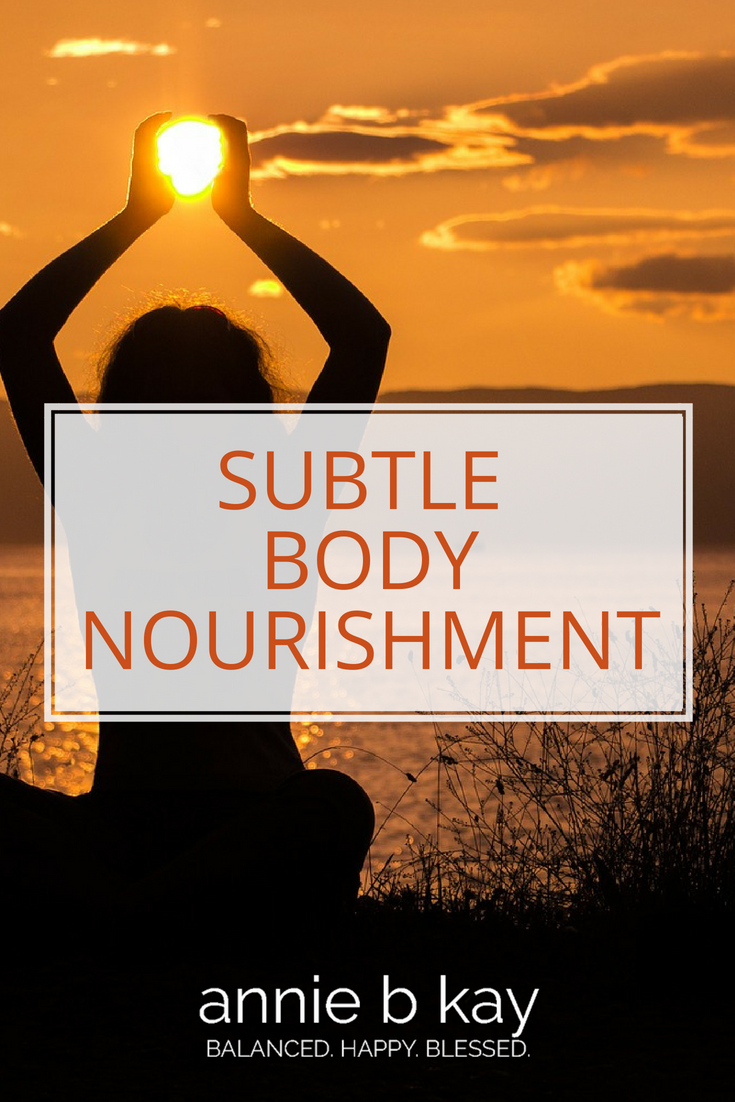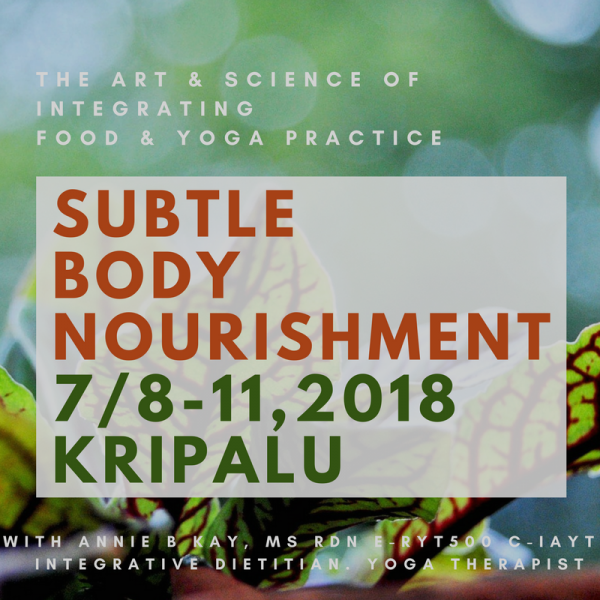
Eat Well for Less: Doable and so Worth It
Quality food and produce – organics, artisanal, delicious – is more widely available than ever before. Yet when I check out from my whole foods grocery – especially when I’m preparing for a special holiday or family dinner, I imagine my father (a rural farmer cash-on-the-barrel sort of guy) fainting dead away at the grand total. Yipes! The price of high-quality (like organic grass-fed) meat or dairy, and fresh produce can take your breath away. You can eat well for less.
It takes some time and effort, but once you get into the swing of the practice, it’s just how you do it. The nutrition and taste benefits are very worth the effort.
If you feel the desire to eat high-quality food, but you aren’t independently wealthy, here are 7 ideas to help you eat well on a budget:
1. Try mindful eating.
Many Americans simply eat too much – be it healthy food or not. But just how much is enough? We’re designed to know. Mindful eating can help you find out how much food fills you up and gives you energy throughout the day. In fact, mindful eating is a practice that can help you turn down the external messages about what and how much to eat, and to tune in more deeply to your internal guidance system.
You can experiment by becoming a little more aware of the portion sizes you eat, and use mindful eating to help you experiment with just how much is enough. It’s a real sweet spot – adequate without over nor under-doing eating. It’s a practice for sure, and we humans by nature seem to over- or under-do it. So, if you struggle with this, you are not alone! Be patient and keep practicing.
How about an experiment – quality over quantity?
Begin by experimenting with mindfully eating various foods – from treats like designer chips, whole foods take-out, gourmet pizzas and stevia sweetened sodas to more healthful choices like fresh vegetables and fruit, beans, nuts and whole grains. See how different foods make you feel, and how much seems to be enough to satisfy and give you energy through the day (I know, easier said than done). Eating lightly (and for some, passing on snacking) can be both healthful and cost-effective. The practice of mindful eating is a great place to begin to explore just what eating lightly means for you.
2. Enjoy plants.
If you have more than one serving of animal protein each day, you may be healthier and more frugal to look to plant-based protein to replace some of the meat and dairy you’re eating. Need some ideas on a delicious way to focus on plant fare? Check out my recipe page, and my friend The Veggie Queen, who dedicates her working life to helping you enjoy more plants easily.
3. Consider a CSA or community food CO-OP.
Cut out the middleman and ensure the freshest local produce makes it into your kitchen all season long through a direct relationship with a local farm. To get stared check out Local Harvest. They will tell you how to get into the mindset, prepare to join, and help find your nearest community-supported agriculture (CSA) farms and CO-OPs.
4. The bulk food aisle (or discount website) is your friend.
Get a break on nuts, spices, whole grains and just about everything beyond fresh produce. If you don’t live near a grocery store that offers bulk staples, of course the internet marketplace is there wherever you are. The Spruce has a good article on their favorite online grocery sites.
5. Browse your market’s circular.
If you are so inclined to browse your supermarket’s circular, you really can shave a lot off your weekly food costs. My husband (astonishingly) does this as a practice – he plans our shopping around the meat and seafood that is on sale – and he is truly amazing at it. The deals he gets are phenomenal! You do have to be aware that items on sale might not be the most healthful, so you need to practice discretion here.
6. Organic online coupons? Yep.
Check out All Natural Savings – a gal dedicated to online couponing – to get you started. Whole Foods also has a weekly deals and sales page. So many ways to use them to eat well for less.
7. Keep it all in perspective.
There’s a certain new math – a longer-term economics we need to consider when we think about the higher cost of clean whole food. That new equation is hidden beneath cheap subsidized corn, sugar, meat and dairy. As a nutritionist for the past 25 years I know that this cheaper refined food is responsible for a world of disease and pain. In my practice I see people improve their health every day through committing to higher quality nutrient-dense, low chemical load food. Most people feel better right away when they move away from the standard American diet and learn to make small choices toward health while enjoying what they eat and feeling great regardless of the number of the scale. The benefits continue to build over time with longer, healthier lives.
When it comes to quality food, no one can eat perfectly all the time unless they have limitless income, their own farm and a small team of vegetable choppers at the ready.
So, do what you can to eat well for less, and let the rest go. Small changes can add up, over time, to transformation.




